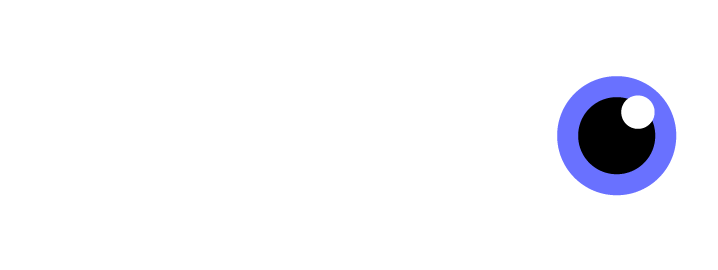GREENSCREEN KEY
After converting our shots to EXR, I was honestly surprised by how well our improvised greenscreens held up—especially around our actress, where the keys came out impressively clean. The couch, which had significant green spill from the floor, is being roto-masked out. Fortunately, its boxy shape made that process fairly straightforward.
For all background replacements, we're rendering with a 10–30% overscan to give us more flexibility in placement and framing.
RAW CAMERA TRACKING
One of the more challenging shots to work with was the Clicker POV, primarily due to our focus on maintaining the greenscreen and the constraints of working with a skeleton crew on a tight schedule. Ideally, I would’ve run a piggyback setup with my 360 camera to assist with tracking, but the need to perfectly time each take meant we had to focus our efforts on performance and repetition rather than additional coverage.
In a perfect VFX workflow, I could have dropped this footage into any 3D camera tracking software and gotten a clean, accurate solve for our background renders. Unfortunately, the scene lacked consistent data, making it difficult to analyze—and we weren’t able to achieve a solve error below 1.
STABLIZED WONDER DYNAMICS AI TRACK
This was the point where I decided to get creative and experiment with Wonder Dynamics’ AI camera tracking. Initially, I attempted to use the raw, unstabilized footage, but the results were unusable due to the intense handheld camera shake. To improve the chances of a successful solve, I stabilized the footage using the limited tracking markers on the greenscreen. This allowed the AI to focus on X, Y, and Z positional transformations without having to account for rotational movement.
While this approach yielded a much more accurate track, I encountered another issue: the solved camera data defaulted to a 41.352mm lens on a 35mm sensor, whereas we shot on a RED Komodo with a 35mm lens and a 27.03mm x 14.26mm sensor. To address this, I parented a new camera with the correct specs to the AI-tracked camera and manually keyframed adjustments to align the footage with a 3D scan of the couch used on set. While not a perfect match, the final result was close enough that motion blur and rapid camera movement helped hide any minor imperfections after I reapplied the tracking data to the output.
FINAL CAMERA TRACK
Overall I was happy with this workflow since it allows me to adjust any imperfections that are noticed all while being true to what was shot.
